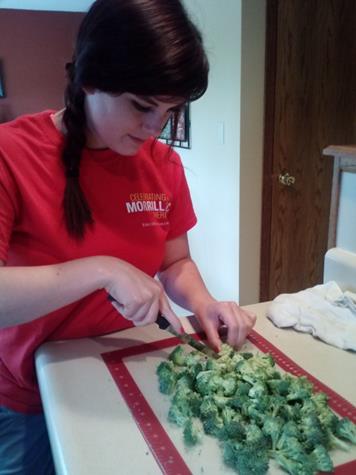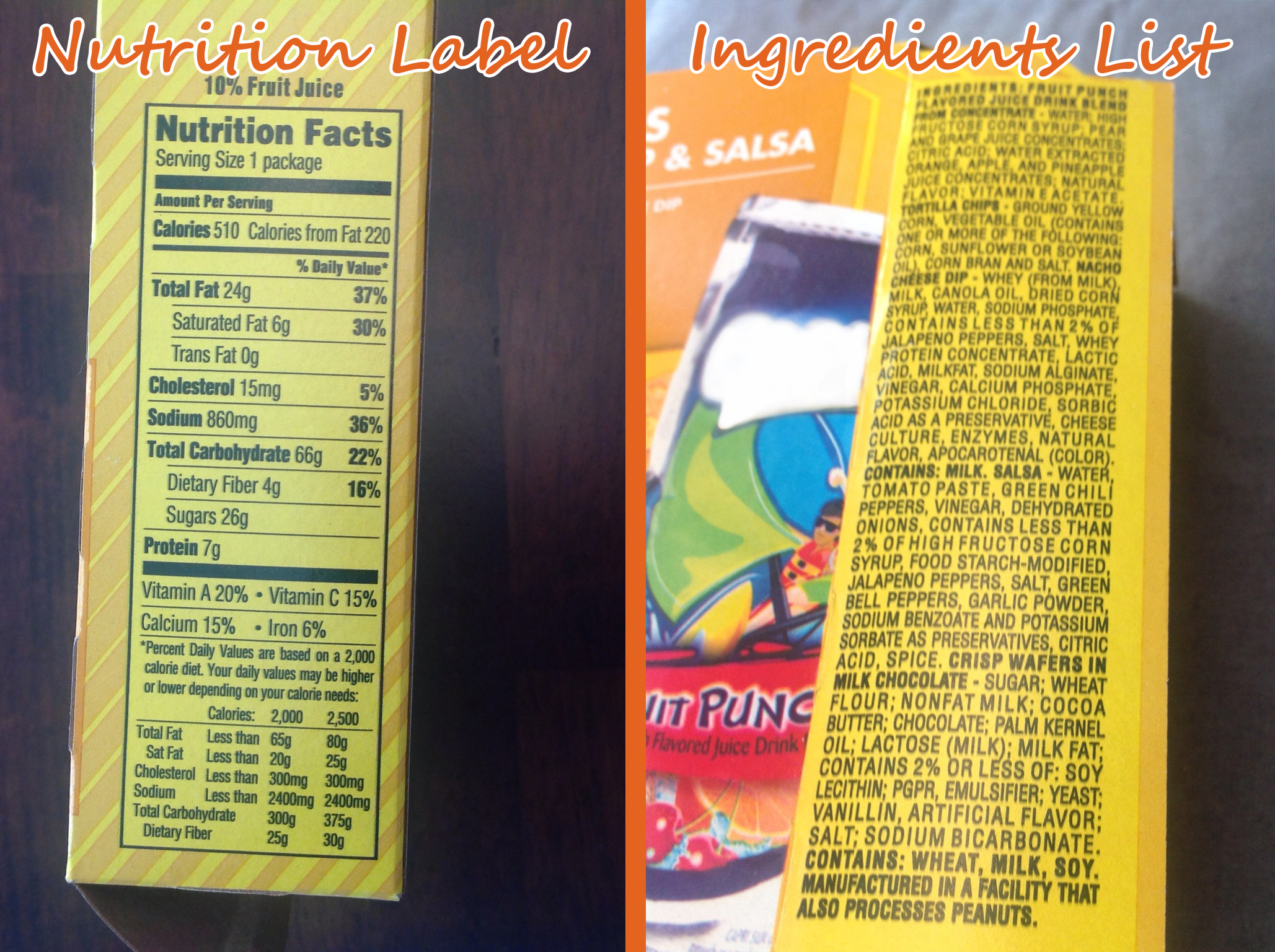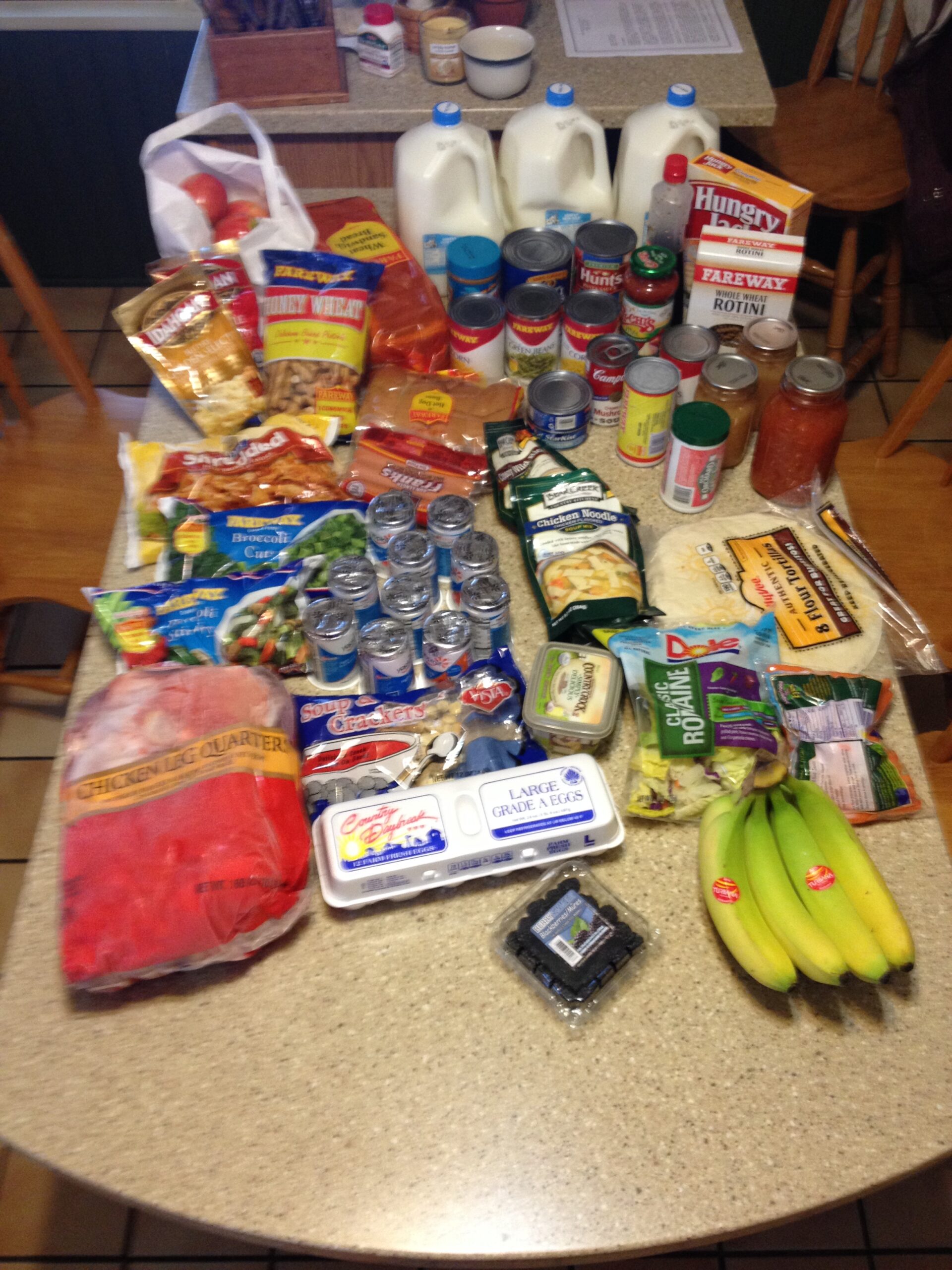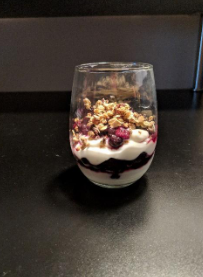Blog

Cereal Cost Comparison
I usually have ready-to-eat cereal for breakfast. In fact, my family eats a lot of cereal. We not only have it for breakfast but also for between meal snacks, bedtime snacks and when we are really lazy, we eat it for supper. Over the years it has been my most common response to my children’s complaint of “I’m hungry, what’s to eat around here?”

Don’t be ‘trixed’ in the cereal aisle…
Recently, I wrote about checking on cereal prices at the grocery store (see Cereal Cost Comparison). One of the stores I visited has the unit prices posted on the shelves. The store unit price for cereal was figured per ounce, but I discovered this may not be the best way to figure unit pricing for cereal. Here is an example:

Let the Buyer Beware
Grocery and discount stores like to promote groups of different products for the same price (i.e. mix and match for a $1.00). Some are good buys, some are the regular price, and sometimes they are more.

Fruit or Juice –Which is Smarter?
Children and adults need 1.5 – 2 cups of fruit a day. It is definitely smarter to buy fruit than juice if you are thinking only about nutrition. Check out my list below of the top 5 reasons why fruit is better. If you are thinking about cost and nutrition, the answer is more complicated.

What is Cheaper: Turkey or Ham?
Thanksgiving is about 10 days away. Have you started to plan your dinner? The biggest expense of the meal will probably be the ham or turkey (or both) that you buy. The grocery ads are full of deals, like buy a ham and get a turkey free. Or buy $50 in groceries and get a $5 off coupon for your turkey. I was curious, so I stopped by 5 different stores to check out prices. I went to Hy-Vee, Fareway, Aldi, Dahls, and Wal-Mart.

Should I Follow a Gluten Free Diet?
As a dietetic intern, I get frequent questions about gluten free diets. Most of these questions have been prompted by articles on Facebook, websites and celebrity’s books. I can’t believe all the claims being made for gluten free diets such as, gluten free diets help with weight loss, increase energy and concentration, improve autism and rheumatoid arthritis, and in general are supposed to be healthier.

How Much are you Paying for your Coffee?
83% of Americans drink coffee according to the National Coffee Association’s 2013 online survey. That’s up from 78% last year and more than any other country in the world.

Save on your 4th of July Picnic
Whether it is a Superbowl party, a bridal shower, 4th of July, or Christmas, vegetable trays are always on the table. Recently my grandparents celebrated their 50th wedding anniversary and their party was no different; a vegetable tray was on the menu. My original instinct was to go with the convenience of a pre-made vegetable tray because I thought it would be comparable in price. Then Spend Smart asked me to compare the prices and time between homemade and purchased veggie trays. BOY WAS I SURPRISED! Preparing my own tray compared to buying the already assembled tray cost a third the cost of the assembled tray. For that savings I am willing to spend the 23 minutes it took me to prepare the vegetables.

Vegetable Oils – Comparison, Cost, and Nutrition
As I was reaching for the canola oil in my cupboard last week while doing some baking, I got to looking at the different oils I have on hand. The canola oil and olive oil are at the front of the cupboard because those are the ones I use most often but I also have peanut oil and sesame oil. Some may wonder, like my husband, why I have four different kinds of oil. The kind of oil I use depends on what kind of food I’m preparing. For baking, I like to use canola oil but for roasting or sautéing vegetables, I use olive oil.

Do it Yourself Meal Kits for Kids
Better Nutrition, Lower Cost, and Less Waste

A Week in Someone Else’s Shoes
Last week I wrote about my experience with the SNAP Challenge. I limited my food budget to what I would receive if I participated in SNAP (formerly known as food stamps). I learned a lot and put my cooking and shopping skills to the test! Dr. Ruth Litchfield is a friend and colleague of mine who is a dietitian and teaches nutrition courses at our university. She took the SNAP challenge as well. I was fascinated to learn about her family’s experience.

Fast Food Restaurant vs Homemade Breakfast
Written by Kathryn Standing

